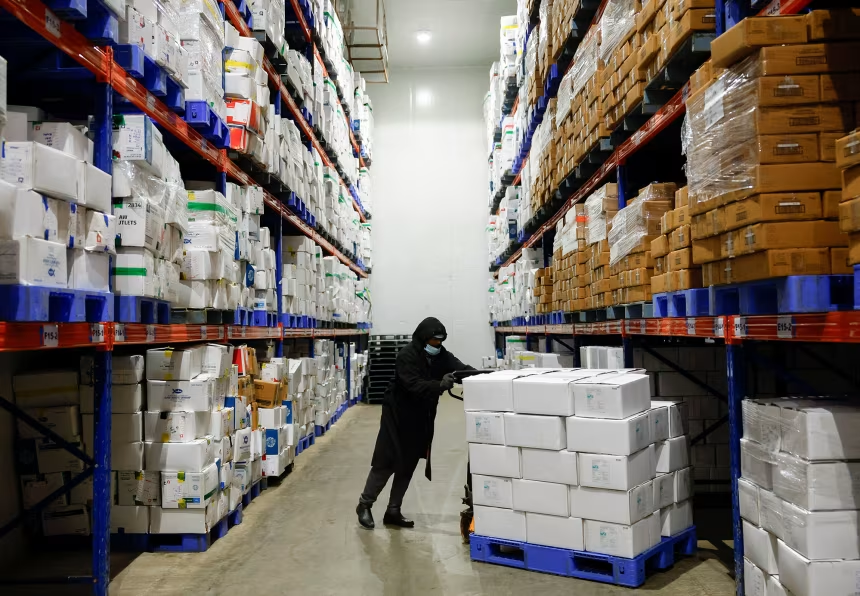The impact of new U.S. tariffs is becoming clear as consumers see higher prices on school supplies, clothing, food, and electronics. Families shopping for back-to-school items are expected to spend nearly $875 this year, and most parents say costs are higher because of tariffs. Economists estimate that up to two-thirds of tariff costs are passed directly to shoppers within a few months.
For the average household, the extra cost could reach as much as $2,400 per year. Cars could become nearly $6,000 more expensive, while clothing, shoes, and bags may rise by almost 40 percent. Everyday goods like coffee and groceries are also expected to get pricier as companies adjust to higher import costs.
Big retailers are handling the situation differently. Walmart and some others are trying to absorb part of the cost or offer discounts, while companies like Home Depot have already raised prices. Businesses are finding it harder to shield consumers as tariffs spread across industries.
The Federal Reserve has warned that tariff-driven inflation is likely to rise further in the coming months. Officials say consumers, not companies, will carry the heaviest burden as prices continue to climb.





